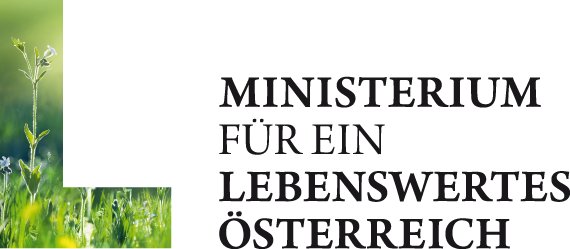The seventeenth conference of the parties (COP 17) negotiations on climate change in Durban were viewed as key for making decisions on whether or not carbon capture and storage (CCS) would be accepted under the clean development mechanism (CDM).
Alstom Power global affairs VP Helle Juhler-Verdoner is encouraged by the recent State visit of President Jacob Zuma to Norway, where the President and Energy Minister Dipuo Peters learned more about the technology and strengthened the collaborative ties between the two countries with regard to CCS.
This, says Juhler-Verdoner, sends a signal that South Africa considers CCS to be one of the important technological solutions to mitigating greenhouse gas emissions in the climate change debate.
With South Africa's influence in the Basic country grouping (Brazil, South Africa, India and China), it is hoped by supporters of the technology, that CCS can be accepted under a reformed CDM.
A United Nations Framework Convention on Climate Change (UNFCCC) technical workshop on modalities and procedures for CCS in geological formations as CDM project activities was recently hosted in Abu Dhabi.
The Emirates News Agency reported that important progress towards allowing support for CCS projects under the CDM were made at the meeting. Discussion among delegates drew on expert inputs, and led to some options on ways to ensure good site selection, implement monitoring systems, establishing liability for the integrity of the project, and other important factors. The UNFCCC Secretariat is preparing these options in a negotiating text for consideration by parties in Durban.
At this meeting, Brazil voiced concern over the inclusion of CCS under the CDM, stating that it would possibly divert funds from forestry protection, where the South American country has specific interests.
Juhler-Verdoner said that Alstom did not anticipate that the inclusion of CCS would bring in large amounts of new carbon credits into the market. "The inclusion of CCS is more valuable as a signal of acceptance of the technology, and a small additional income source," she said.
Sending a signal that CCS is part of the solution was viewed as vital. "We hope that the United Nations will send that signal," she added.
"Hopefully Durban can deliver a strong signal on the continuation of carbon markets, including the CDM. Putting a price on carbon dioxide is crucial to incentivise low-carbon investments," stated Juhler-Verdoner, noting that private sector companies sought a clearer picture of carbon markets post-2012, as this would boost investor confidence.
While regional or national carbon markets (such as the EU emission trading scheme) were viewed as important elements to pave the way for global carbon markets, CDM was important in linking regional markets. It was therefore important to make decisions at the global UN level.
Alstom is a strong proponent of CCS, and has developed several capture technologies. The company is involved in the operation of seven pilot CCS plants, the largest of these in the US - the AEP Mountaineer 58 MW power plant, where about 100 000 t/y of carbon dioxide is being captured.
Alstom is also involved with six pre-commercial CCS projects which will potentially demonstrate CCS on a large scale of 250 MW or larger.
Alstom is one of the technology providers at the Technology Centre Mongstad research project in Norway, in which South African petrochemicals giant Sasol holds a stake.
Juhler-Verdoner noted that it was worth doing more research into what CCS could do for local development and job creation in South Africa.
A 2009 study by BBC Research and Consulting estimated that retrofitting CCS to 65 GW of capacity in the US could represent 1.7-million job years over the construction period and 31 000 jobs in operation ad maintenance, as well as thousand of engineering jobs.






